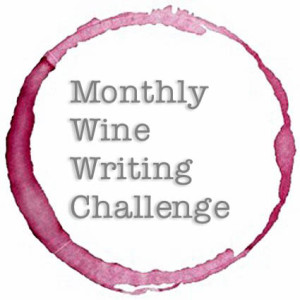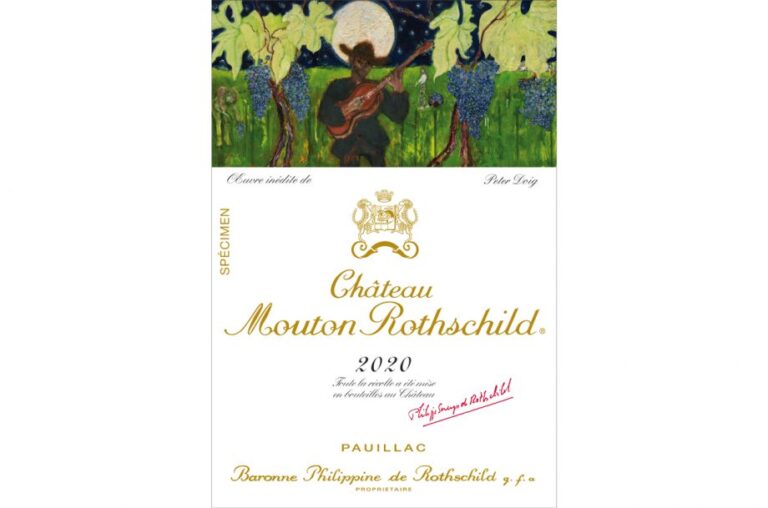 This month’s Monthly Wine Writer’s Challenge topic, “Tradition,” was decided upon by Bill aka Duff’s Wine . He won the challenge last month by writing a spectacular piece on “Serendipity.” You can check his fantastic entry out here. When he announced his topic, I have to admit for the first time since I have been partaking in this friendly competition, an idea IMMEDIATELY popped in my head. When I hear tradition, I think Champagne. Where in the wonderful world of wine, is their any more of a tradition than with the festive, sparkly, bubbly beverage?
This month’s Monthly Wine Writer’s Challenge topic, “Tradition,” was decided upon by Bill aka Duff’s Wine . He won the challenge last month by writing a spectacular piece on “Serendipity.” You can check his fantastic entry out here. When he announced his topic, I have to admit for the first time since I have been partaking in this friendly competition, an idea IMMEDIATELY popped in my head. When I hear tradition, I think Champagne. Where in the wonderful world of wine, is their any more of a tradition than with the festive, sparkly, bubbly beverage?
Now, the obvious way to approach this topic is to talk about why Champagne is the celebratory beverage of choice. Why is it the beverage that athletes open and spray all over themselves when they win the Superbowl or the World Series. Why do Champagne sales skyrocket during the holidays. Yep, that would probably be the way to go, but I never like the direct path. Straight lines just don’t do it for me. To me, it is not getting to your destination that is important, it’s the adventure you take to get there. So, with that in mind I enter the Champagne Riots.
In 1910, after hailstorms and flooding, the grape crops were drastically reduced. In addition, crops were devastated by the Phylloxera outbreak. A result of this outbreak was a significant amount of loss of income. At this point in time, Champagne was growing a superior region, but with the lack of grape supply, this encouraged Champagne houses to look to other regions for their fruit. They found the fruit to be plentiful and significantly cheaper. Newspapers fueled the fire of discontent. At this point in time, there weren’t real laws in place to protect the grape grower or the consumer. In reality, the Champagne houses were being allowed to produce faux Champagne and sell it at the higher quality prices. This outraged the vine growers, since they believed their fruit was far more superior to the “foreign” grapes and that it could not be called Champagne until it was produced using their grapes. The growers petitioned the government and ultimately a law was passed that 51% of the grapes had to be from Champagne in order to call it by that name.
This in turn made the Champagne houses, upset. They could no longer make the huge profits they had come accustomed to. They turned to hiring “commissionaires” to negotiate prices with the vineyards think Al Capone, Carlo Gambino, or John Dillinger doing what they did best in order to get the vine growers to “agree” to a price. This led to more poverty and more unsettlement. So in early 1911, the vineyard growers reached their saturation point and they rioted. They marched to Damrey and Hautvillliers and blocked the trucks coming from the Loire Valley that were carrying the grapes. They forced the trucks into the Marne River. They then continued to the warehouses of the known faux Champagne producers and tossed their barrels into the river. Many of the producers needed to escape their homes and hide in order to remain safe from the pillaging, fires and destruction.
The French government passed legislation that defined “Champagne.” The legislation stated that Marne and a few villages for Aisne were to be approved to grow grapes for Champagne produc tion. This caused an uproar in Aube, where the historical capital of Champagne, Troyes, was located. The Marne grape growers felt Aube was more Burgundy, while the Aubois claimed their historical roots. The French government decided to “split the difference” and designated Aube as a second zone within the Champagne appellation. Of course this upset Marne, so a second set of riots resulted. The government decided to include vine growers, producers and government officials in the new negotiations. Ultimately, the decision that only wines produced from grapes grown within the geographical boundaries, including Marne, Aube and parts of Aisne could be entitled to call themselves Champagne and set up a price structure for the grapes. Depending on the village’s rating (80-100) based on quality a price per kilogram was set and the vineyard owners would receive a fraction of that price. This distinction currently plays a role in determining prices with Grand and Premier Cru vineyards.
tion. This caused an uproar in Aube, where the historical capital of Champagne, Troyes, was located. The Marne grape growers felt Aube was more Burgundy, while the Aubois claimed their historical roots. The French government decided to “split the difference” and designated Aube as a second zone within the Champagne appellation. Of course this upset Marne, so a second set of riots resulted. The government decided to include vine growers, producers and government officials in the new negotiations. Ultimately, the decision that only wines produced from grapes grown within the geographical boundaries, including Marne, Aube and parts of Aisne could be entitled to call themselves Champagne and set up a price structure for the grapes. Depending on the village’s rating (80-100) based on quality a price per kilogram was set and the vineyard owners would receive a fraction of that price. This distinction currently plays a role in determining prices with Grand and Premier Cru vineyards.
Now I would never advocate violence, but you have to admit, the vineyard growers were set on maintaining their tradition. Yeah, it was fueled by money, but isn’t almost everything triggered by the almighty dollar ( or Euro?) Tradition continues today with the mandatory distinction between Sparkling Wine and Champagne. Within the Champagne region, tradition necessitates the use of the “Méthode Champenoise.” Although this is the same method of producing sparkling known as “Méthode Traditionnelle” that the higher quality producers use, regulations mandate that if the process does not occur in Champagne, it can not be called “Méthode Champenoise.” I don’t think there can be any doubt that Champagne is a region that takes their traditions seriously.
`Slainte!





0 Comments